What Is Moon?
Planets With Most Number Of Moons.The Moon is the fifth-largest moon in the solar system and the sole natural satellite of Earth. It has an average orbital radius of 384,400 kilometers (or roughly 238,855 miles) around Earth and is essential to maintaining the axial tilt of the planet, which controls the seasons and temperature. The tides in the oceans on Earth are also caused by the Moon’s gravitational influence. Because of previous volcanic activity, its rocky surface is dotted with craters, canyons, and broad, dark plains known as maria. For millennia, the Moon has captivated the human race. NASA’s Apollo missions saw the first humans landing on the Moon in 1969.
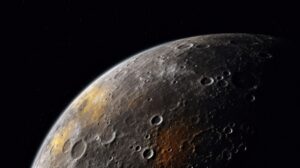
In our solar system, the planets with the most moons are primarily the gas giants, due to their massive size and strong gravitational pulls. Here’s a breakdown Planets With Most Number Of Moons
Jupiter:
Planets With Most Number Of Moons As of 2024, Jupiter has the most verified moons of any planet in the solar system, with 95. Some of the biggest and most intriguing satellites are its largest moons, which are referred to as the Galilean moons (Io, Europa, Ganymede, and Callisto).
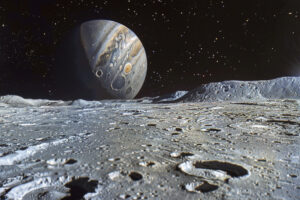
Saturn:
Planets With Most Number Of Moons And In 2024, Saturn will surpass Jupiter in terms of confirmed moons, with 146 moons. Many of Saturn’s moons, including Enceladus, are very interesting because they may harbor life. Titan, the planet’s most well-known moon, is larger than Mercury.
Uranus:
There are currently 27 recognized moons orbiting Uranus. Shakespearean characters are honored by the names of some of its greatest moons, including Titania and Oberon.
Neptune:
Neptune contains fourteen moons. Of these, Triton is the largest and most interesting because of its retrograde orbit and possible geological activity.
Mars:
Phobos and Deimos, two of Mars’s minor moons, are probably captured asteroids from the surrounding asteroid belt.

READ MORE:Why Moon Orbit Earth?
Earth:
Earth is home to just one moon, also called “the Moon,” which is the solar system’s fifth-largest natural satellite.
Venus And Mercury:
The moons of Venus and Mercury are sterile. The main reason for the moons’ scarcity is their closeness to the Sun. Any natural satellites are difficult for these planets to attract and hold onto due to the Sun’s powerful gravitational pull. To make matters worse, neither planet can retain moons for very long because of their comparatively weaker gravitational fields as compared to the larger gas giants. The outer planets, like Jupiter and Saturn, which each have dozens of moons, stand in stark contrast to this.
Moon is important for every planet?
No, a moon is not necessary for every planet to exist. But depending on the planet in question and its features, moons can have a big impact. Because it helps maintain Earth’s axial tilt, which in turn regulates the climate and establishes seasons, the moon is essential to the planet. It also influences the tides in the ocean, which has an impact on Earth’s ecosystems and life.
Moons might have distinct advantages for other planets. For instance:
- Subterranean oceans may support life beneath the frozen surfaces of Jupiter’s moons, such as Europa and Ganymede.
- Due to subterranean waters, some of Jupiter’s moons, including Europa and Ganymede, may support life beneath their frozen surfaces.
- Titan, the moon of Saturn, is a promising scientific target for future study due to its dense atmosphere and surface liquids.

On the other hand, not every planet needs a moon to be stable or to host life. For example, Venus and Mercury have no moons and, because of their dynamics and closeness to the Sun, stay stable in their orbits.
Conclusion:
Planets With Most Number Of Moons In conclusion, the gas giant planets—Jupiter and Saturn in particular—have the greatest number of moons among all planets. With 95 and 146 moons, respectively, these planets top the pack in terms of moon count because of their large masses and potent gravitational fields. The size, makeup, and features of these moons differ substantially; some, like as Titan on Saturn and Europa on Jupiter, are important targets in the hunt for extraterrestrial life. Smaller planets like Mars and Earth have fewer moons, and Venus and Mercury have none. Uranus and Neptune have the most, with 27 and 14 moons, respectively. The gravitational pull of a planet and its position in the solar system influence the moon’s distribution.
READ MORE: MOON
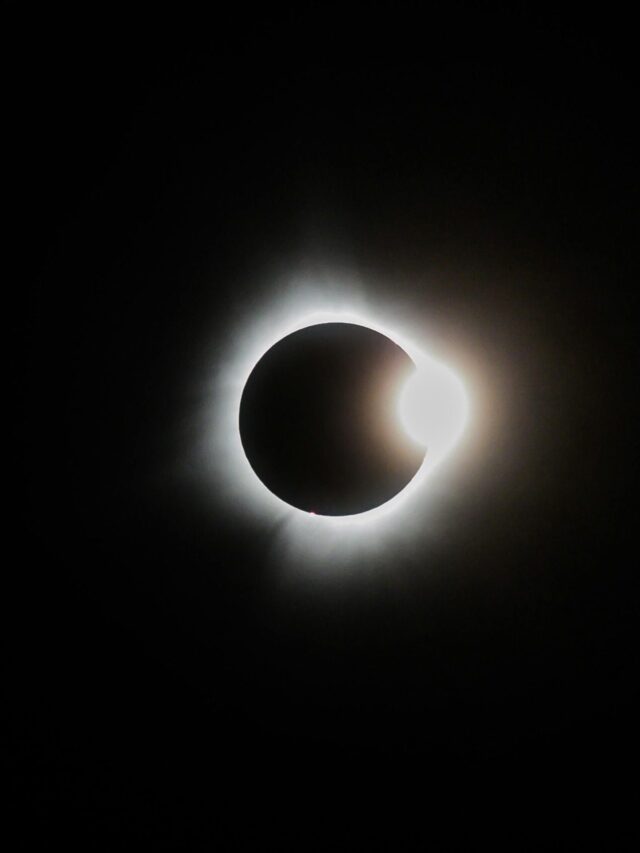
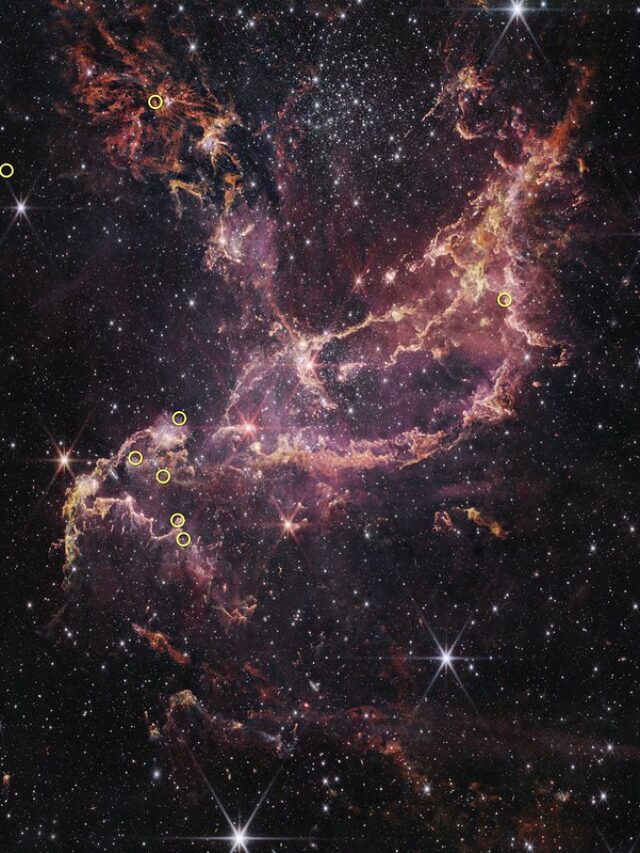
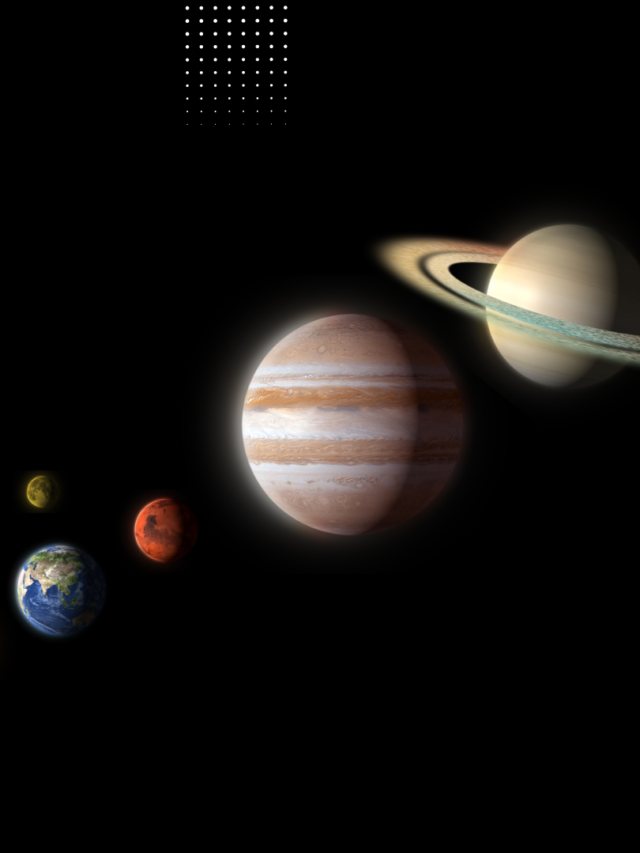

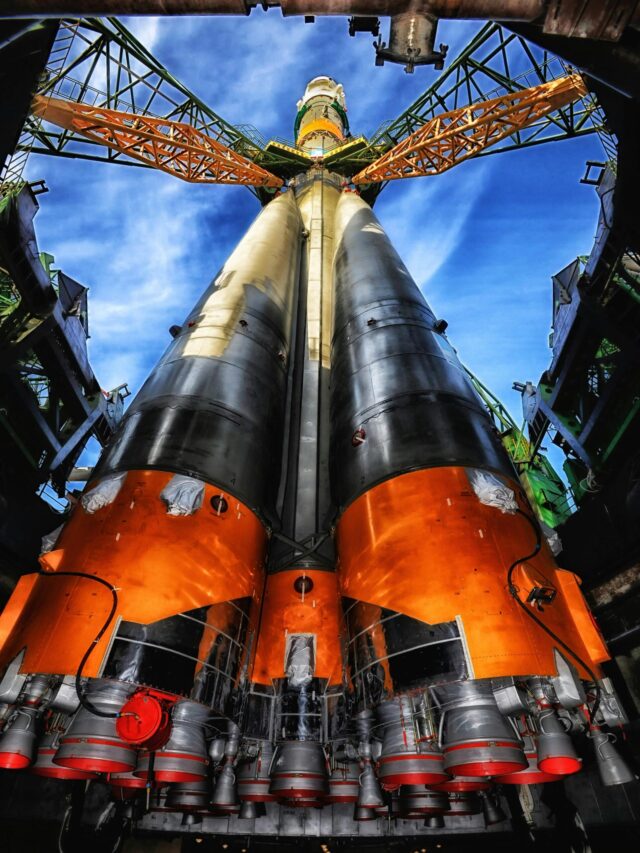
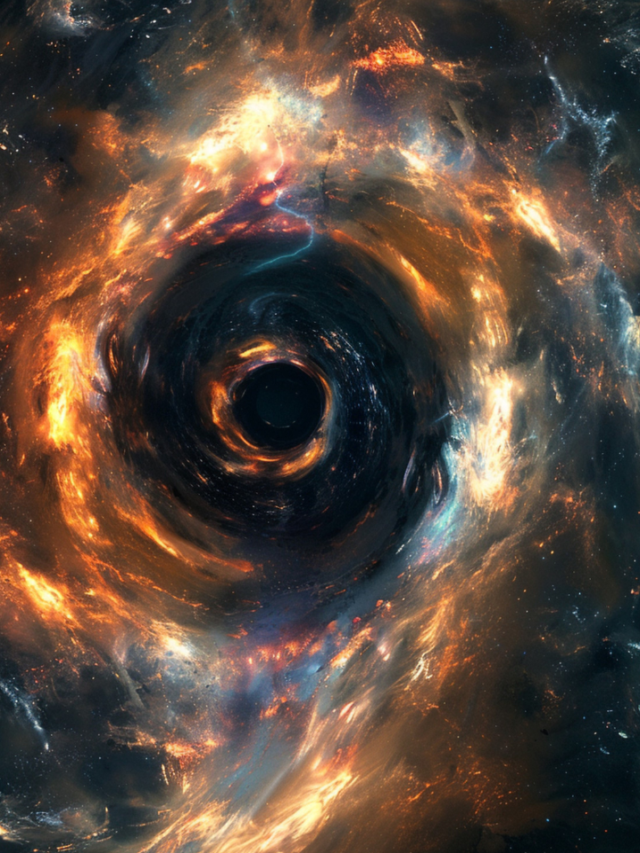
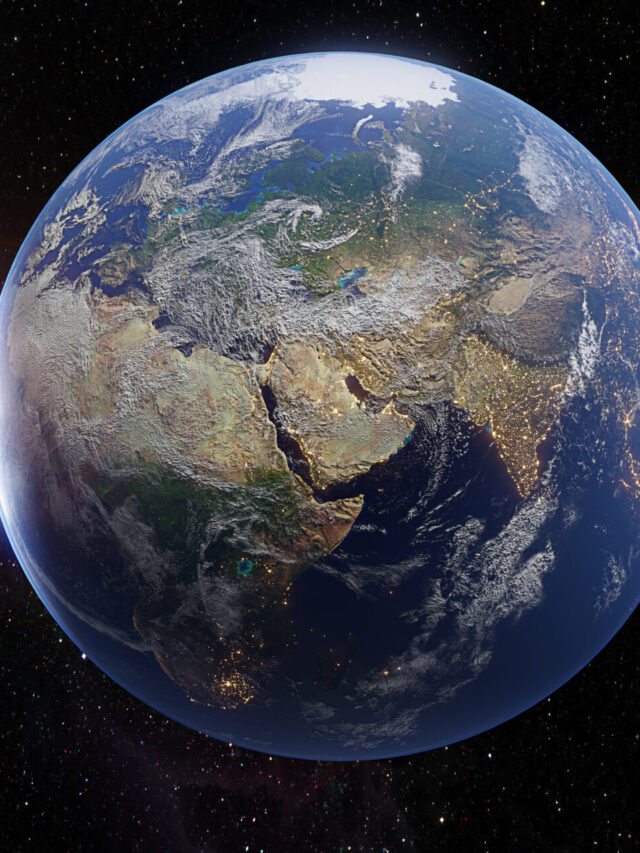
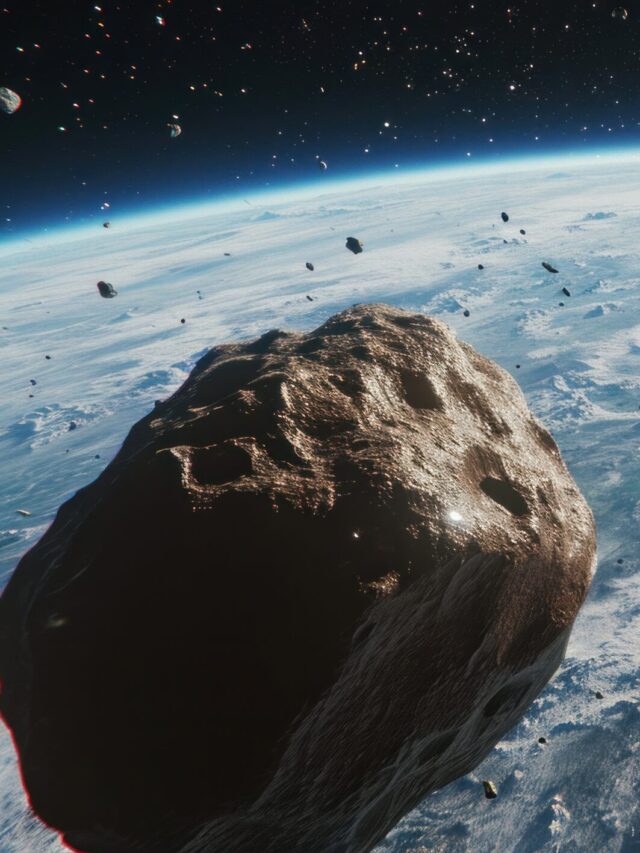
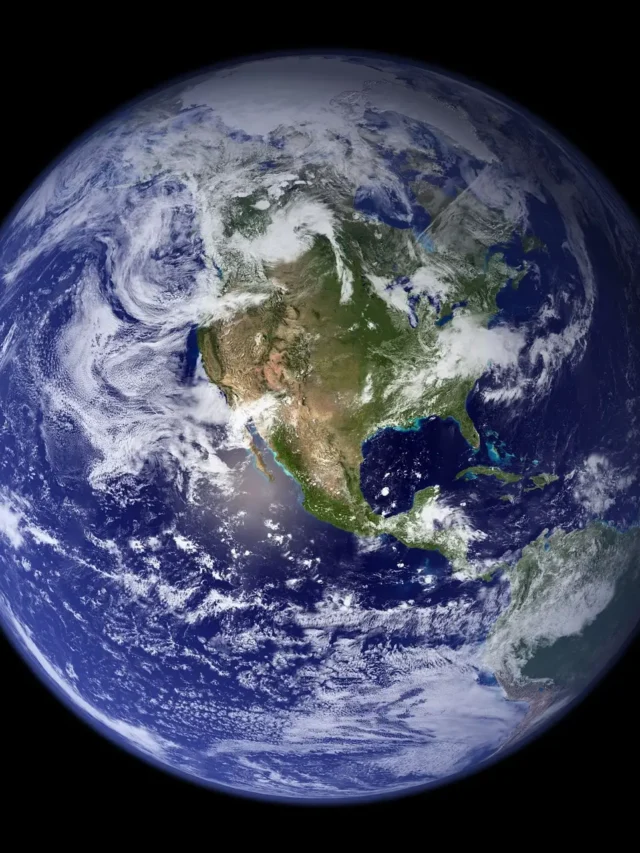
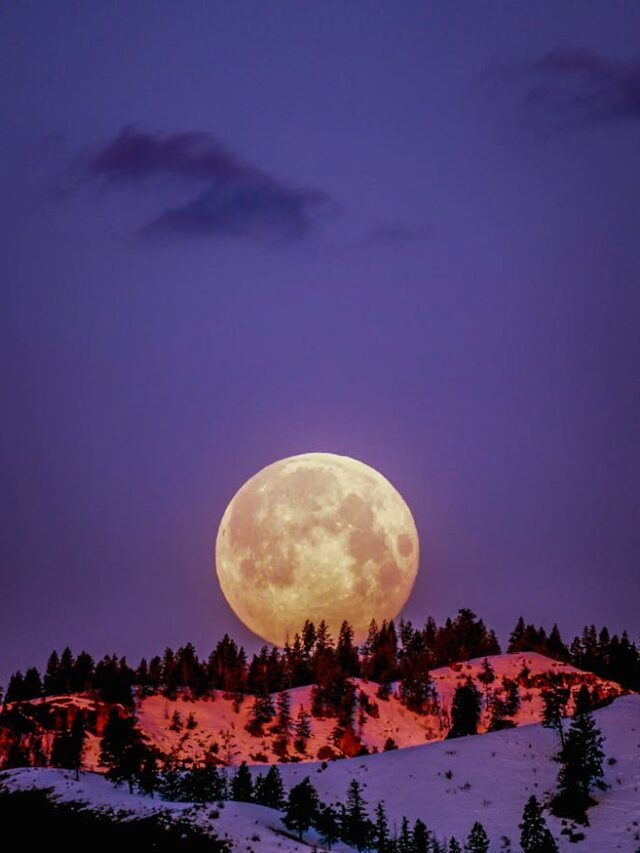
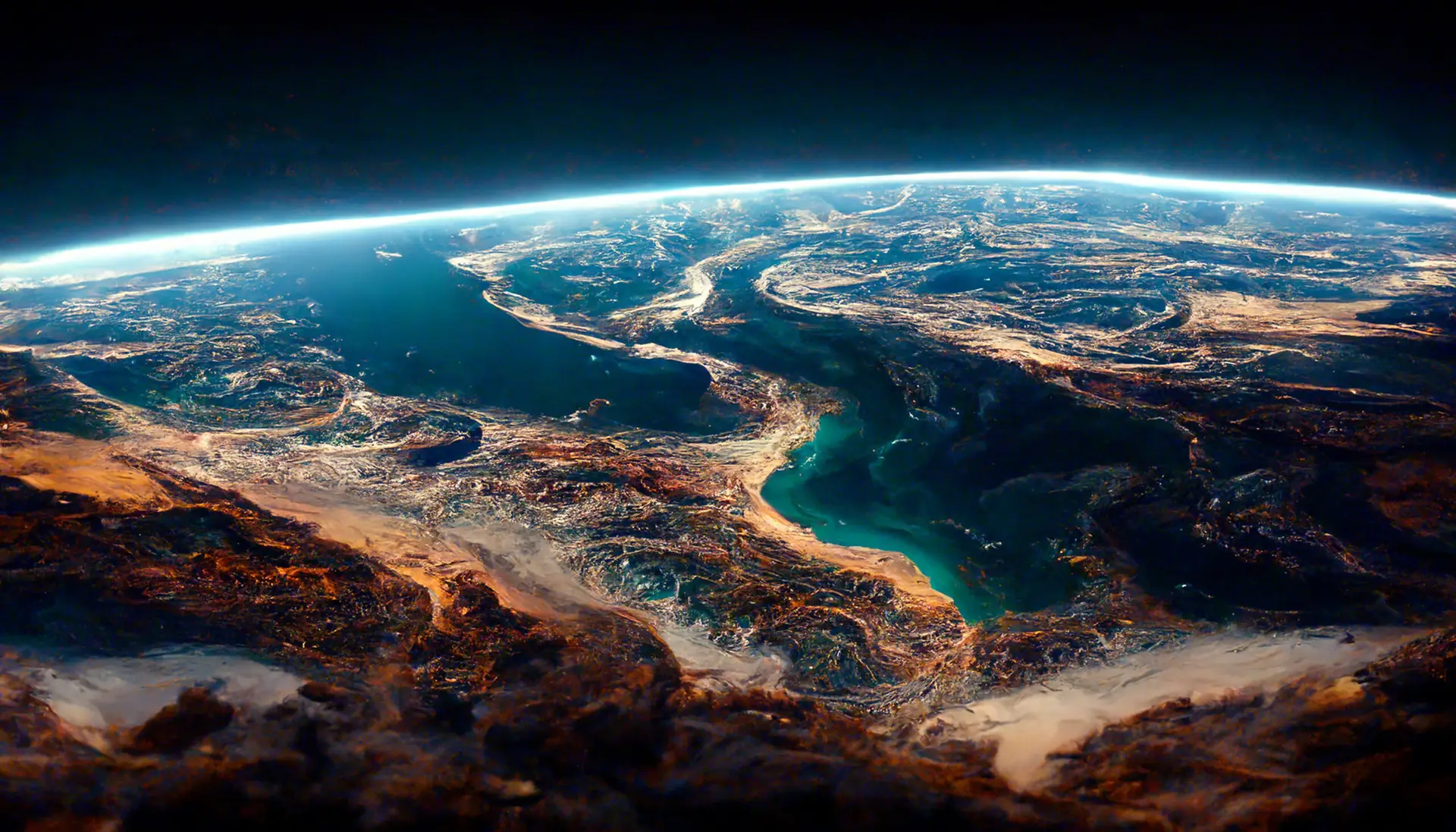

Pingback: What if we send a Spacecraft In Jupiter ? | 2024 | Astrobites astrobites